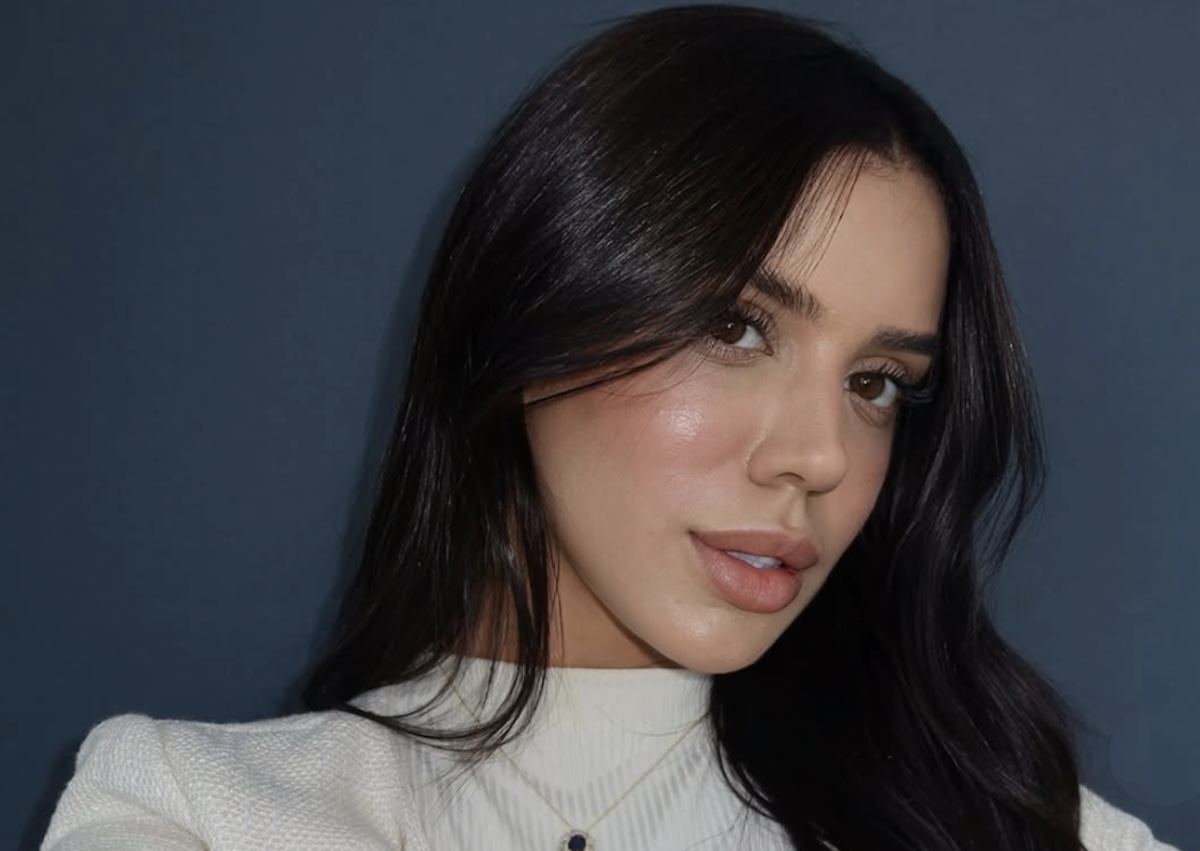I Tried Dopamine Dressing at the Gym and It Changed My Approach to Working Out
:quality(85):upscale()/2025/02/20/742/n/1922729/333c975e67b75cdf553c32.30216158_.jpg)
If someone asked me to close my eyes and picture my favorite version of myself, in a moment where I feel my absolute best, there’s no doubt in my mind I’d be running. When I’m working out, I experience the greatest sense of accomplishment I’ll ever know. As a runner, I’m often outside during the warmer months, so it’s rare I catch a full glimpse of myself in the mirror before heading out the door. But in the winter — particularly in January and February at the start of the new year — you can find me in the gym, at home on my Peloton bike, or on the reformer machine at Solidcore. More often than not, I’ve chosen activewear I don’t mind staring at for an hour.
Despite my enthusiasm for moving my body daily, I know I’m not alone in that frigid temperatures impact my momentum and motivation. There are countless mornings I’d rather stay in bed. So in an effort to combat the cold-weather workout slump, I decided to try dopamine dressing at the gym, which for me just meant styling fitness clothes in colors that enhanced my mood and also spoke to my personal sense of style. Shakaila Forbes-Bell, Fashion Psychologist MA, helps define the art of dopamine dressing:
“Dopamine dressing is a theory based on the mood-boosting experiences of wearing certain outfits. Mood boosts are often associated with the neurotransmitter dopamine that is released when we feel joy. The theory is based on the broader field of enclothed cognition, suggesting that clothing can shape our emotions, confidence, and even behavior,” she explains. “While there isn’t a single study proving that a particular outfit will instantly boost dopamine levels in the brain, research supports the idea that dressing in a way that aligns with our identity, evokes positive memories, or simply feels joyful can enhance our mood and overall well-being, which is why I advocate for styling yourself in such a way regularly.”
As long as the clothes I wore to the gym were made for working out, they could do two things at once: remind me of my athletic prowess while actually hyping me up to perform.
Of course, this description sparked a few follow-up questions. Is there a correlation between the endorphins we release when exercising and the spike in dopamine that comes with wearing a feel-good outfit? Are there any specific colors scientifically proven to improve happiness that I should gravitate toward?
Forbes-Bell shared some intel about a 2006 study that analyzed two runners recovering from injury who were only going on walks at the time. Despite their shift in activity, they continued to wear their full running kits which helped them maintain their identity as part of the running community. “This finding proves that wearing activewear enhances the meanings and identities you associate with these clothes, which consequently causes you to embody them and become more active,” she explains. In other words, as long as the clothes I wore to the gym were made for working out, they could do two things at once: remind me of my athletic prowess while actually hyping me up to perform.
As for her advice on how I should go about tackling this editor experiment, Forbes-Bell confirmed that color is not a one-size-fits-all component. “Cultural significance, language, and personal associations tie into your experience when faced with specific colors,” she says, while noting that the Ecological Valence Theory suggests that common object-color pairings can have an impact on emotion (for example, as yellow is associated with the sun, it can spark joy for some folks). “Close your eyes and conjure up an image of a peak athletic individual,” she advises. “Focus specifically on what they’re wearing. Now adjust your gym outfit to match that. Fashion psychology dictates that we will be most active when styling ourselves in something we associate with people on peak physical fitness.”
Ahead, see how I brought my newfound knowledge about dopamine dressing with me to my closet as I prepared for a full week of workouts (I gave myself Sunday off to recover, as we all very well should!). Plus, learn how each ensemble made me feel during a variety of activities. Bonus: if you like my matching workout sets, you can also click to shop as you scroll.
Experts Featured in This Article
Shakaila Forbes-Bell, Fashion Psychologist MA, is the founder of Fashion Is Psychology and the author of “Big Dress Energy.”
Related
Yaslen Clemente Shows Off Leg Day Gains and Shares Her…
Yaslen Clemente isn't just an influencer—she's a fitness powerhouse. The social media star is known for her intense workouts, and she recently sha
Samantha Espineira Stuns in Blue Swimsuit and Shares Her 5…
Samantha Espineira knows how to turn heads, both on and off the runway. The successful model and Instagram influencer regularly shares breathtaking
The Best Fitness Trackers To Help You Reach Any Health…
Best Health Tracker: Oura Ring 3Why We Love It: I’ve tried many, many fitness trackers—but I tend not to stick with one watch or band for very long. I’ve
#CycleSyncing debunked: Popular TikTok trend not backed by science
A new study has debunked a popular TikTok wellness trend called cycle syncing, which claims that tailoring a workout routine to match the hormonal changes that












